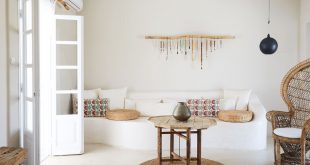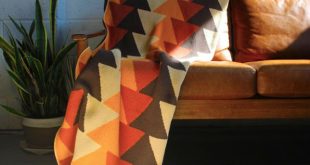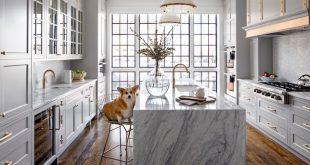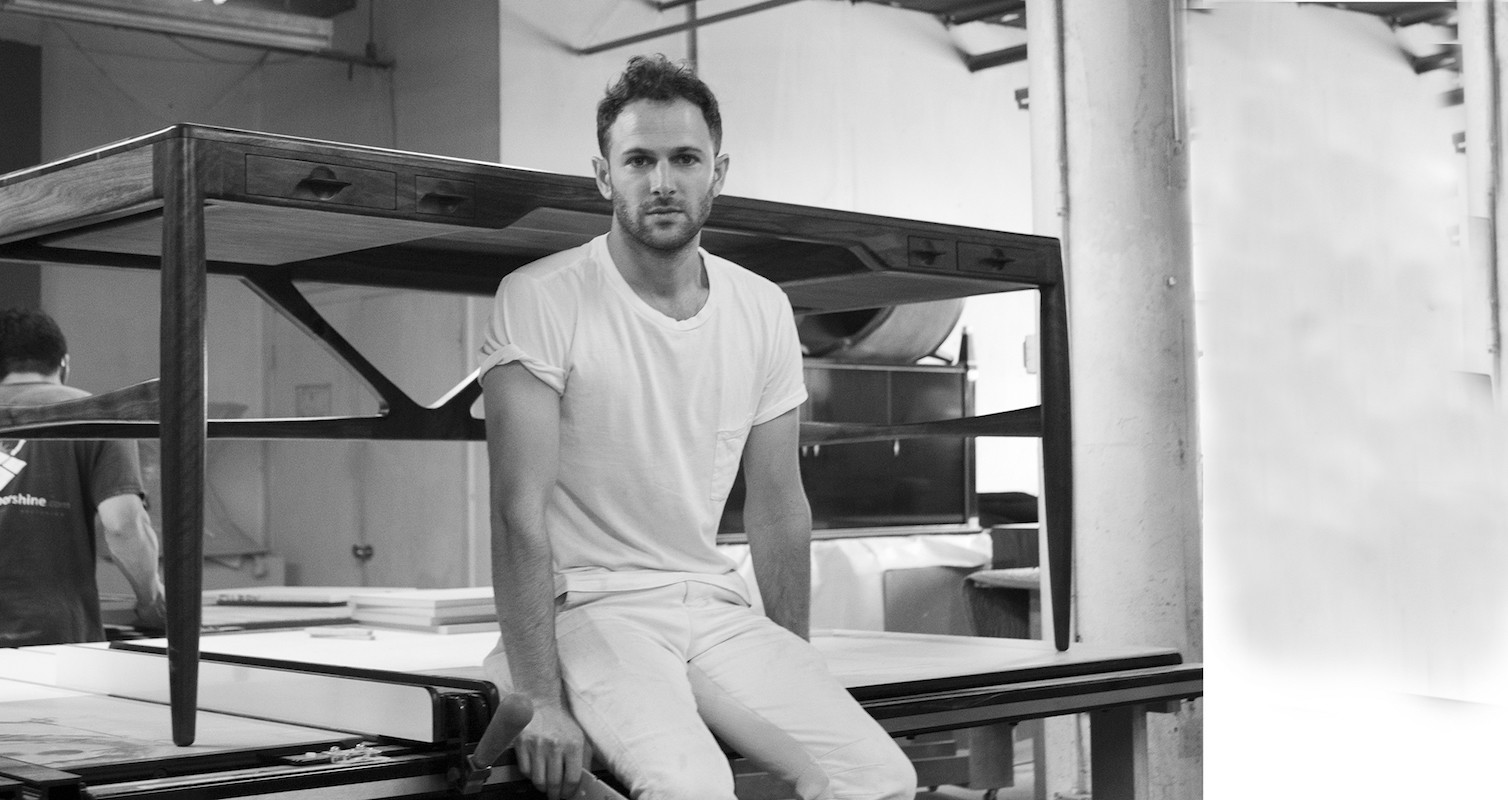
When Aaron Poritz says he’s been into furniture design and art for as long as he can remember, he’s not exaggerating. As a child, he spent a lot of time in his father’s wood shop and sculpture studio, eventually studying architecture and ceramics. After working as an architect in New York for three years, he began designing furniture and other items. Now his company Poritz & Studio sells furniture and ceramics of his own design as well as a variety of items from other manufacturers, such as leather notebooks, stainless steel graters and wooden tool boxes. We spoke to Aaron about how he got started and what to think about before buying your next piece of furniture.
Ever since you grew up in your father’s lumber business, have you always thought about a career in furniture design in the back of your mind?
Art, design and production were a matter of course for me from an early age. I didn’t know that I would end up designing furniture, but I think I knew I would be in design and art. I studied architecture in school and worked as an architect before getting into furniture. In a way, I still identify more as an architect than as a furniture designer.
What made you decide to start your company?
I was traveling in Nicaragua and met a man who was exporting old timber felled by hurricanes. He had a shop and I decided to design some furniture as the cost of production was so low there. The first line received some attention and grew organically from there.
How do you choose the other manufacturers you introduce?
The current movers and shakers I work with were people I have got to know in recent years through family and business relationships with friends. They are people whom I respect as designers and makers and with whom I enjoy working and working together.
Do you have a favorite piece?
My current favorite is that Tambour credenza. I’ve always loved the sliding door system, but found it a little difficult with the standard wood top and bottom needed for the traditional roller shutter. I pondered how the base could be made and devised a system where the beauty of the roller bearing becomes visible when it comes to the corner of casework. To me this is an exciting piece that I believe has never been explored before.
What’s the best thing about your job?
I love working with makers and creating beautiful objects that represent a real collaboration of skill and design. Seeing a finished piece after four to six months of working on it feels really good, and it feels even better when you can share that excitement with another manufacturer.
What’s the hardest part of your job?
Not knowing where the next project is coming from can be difficult.
How does your architectural background influence your work?
I was trained as an architect, so the way I design furniture is the same as I design a building. In that sense, this has a strong impact.
What inspires you creatively?
I like it when a customer presents me with their criteria for a project. Guidelines and criteria that I have to meet inspire my creativity. Besides, I’m always inspired by nature. I think that the earth produces the most beautiful and complex colors, shapes and textures that always seem perfect when not touched by humans. That’s why I mostly only use natural materials and emphasize their natural beauty.
Do you have any tips for people buying furniture?
Good furniture should last longer than you. So think of furniture as an investment – not something that you use for a year and then throw away. Furniture can represent your values and your aesthetic taste. Passing on a beautiful piece of furniture is a great way to be remembered in your family.
Tambour Credenza – Low

Leather sling chair

Kaplan’s desk
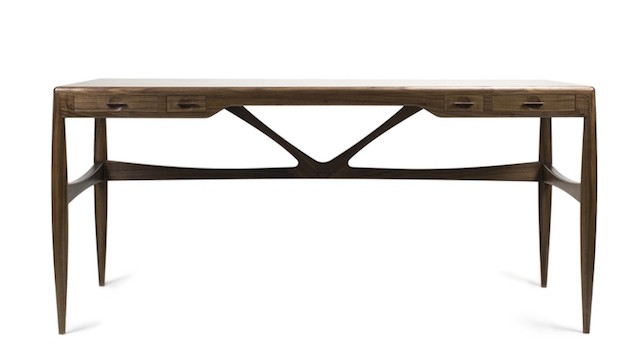
Ceramic vase 005
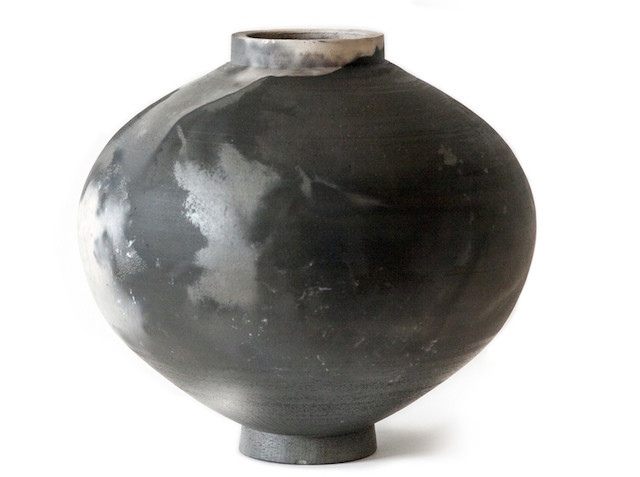
Walnut step stool

 efistu.com Home Decor
efistu.com Home Decor


